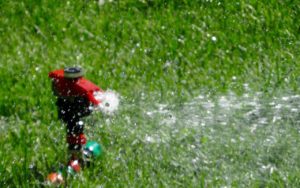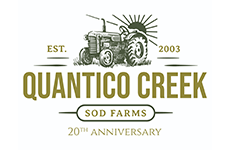
As enjoyable as taking care of your lawn and garden may be, there can also be quite the learning curve!
As enjoyable as taking care of your lawn and garden may be, there can also be quite the learning curve! There are tons of terms that refer to specific processes or materials, all of which can make it confusing to someone who has little or no experience. If you’ve got years of lawn and garden care, or if you’re completely new to it all, you may want to brush up on the following vocab words.
Annual, Biennial, & Perennial
All of these terms refer to how long it takes for a plant to complete its life cycle. Annual plants take a full year to complete their cycle—from seed, to flowering, to producing seeds, to death. Biennials, on the other hand, only grow leaves their first year and then flower, set seeds, and die in their second years. Perennials often find a place in the lawn and garden world and take more than two years to complete their life cycle, provided they’re grown within their hardiness zones.
Pruning & Hardiness
Pruning is a process wherein shears or other sharp tools are used to trim and reshape plants such as trees, perennials, and shrubs. This goes a long way in encouraging better flowering and cold tolerance. Cold tolerance is critical in keeping a plant healthy and good pruning helps develop hardiness, which is where plants harden to deal with winter.
Sun Exposure
This refers to the amount of sun that a plant requires to be healthy or is currently receiving. Usually, a plant tag or catalog description will let you know how much a plant needs. Full sun refers to six or eight hours of sun, part sun is four to six hours but adequate direct exposure, part shade is also four to six hours but requires more shade, and full shade means less than for hours of direct sun but still receiving indirect sunlight.
Nutrients/Nutrient Deficiency
These are substances like minerals, elements, and vitamins that give plants what they need to grow. Some nutrients are essential whereas others may just help. Essential nutrients include water, hydrogen, carbon, and oxygen. Macronutrients are what plants need in large amounts like nitrogen, potassium, or phosphorus. Micronutrients are needed in smaller amounts, such as zin or iron. Nutrient deficiencies refer to when a plant isn’t getting enough of a particular nutrient.
Fertilizer
Fertilizers are substances that give plants with whatever above nutrients they need. There are plenty of different nutrients out there, some natural and some commercial products, but you want to look for a complete fertilizer that contains all three primary nutrients.
Have More Questions? Stay in Touch!
Order early, and order often to ensure the best service possible. Contact us through our online page. Find us at 27616 Little Lane, Salisbury, Maryland 21801. Our phone number is 410-726-6103, and our fax number is 410-742-6550. Speak to Jason Anderson for Turf Grass Sales. Reach him by email at jason@quanticocreeksod.com. Finally, follow us on social media on Facebook, LinkedIn, and our blog!
